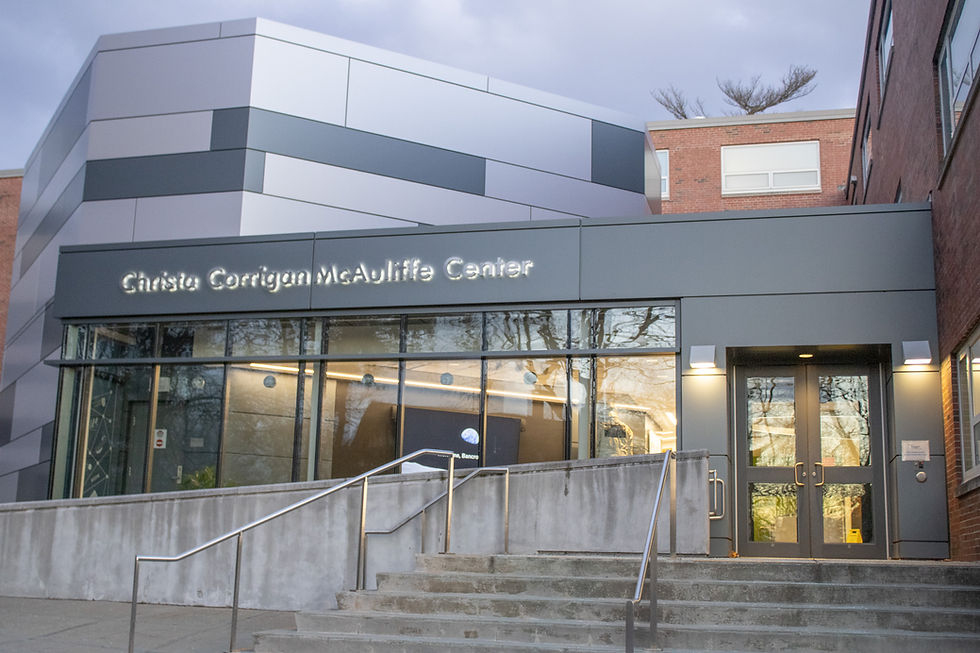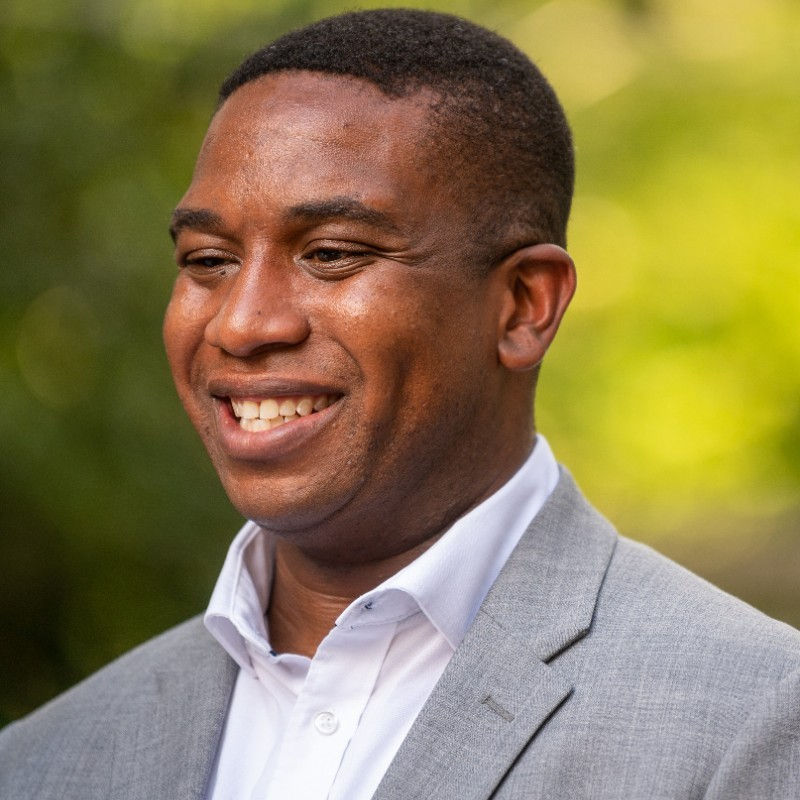Administrators and faculty discuss possible changes to block schedule at All-University Meeting
- Lauren Hapcook
- Oct 18, 2018
- 5 min read
By Lauren Hapcook
Mark Powers, University registrar and executive director of student records and registration services, discussed a new block scheduling format with administrators and faculty members during the All-University Meeting on Oct. 15.
Powers said he started thinking of ways to change the current block scheduling system around 2015. This was in response to concerns from commuter students who were required to take multiple labs and stay on campus for extended periods of time.
The current system made a five-day school week for students unavoidable, leaving no room for off-campus jobs or Geld trips, according to both Powers and FSU President F. Javier Cevallos.
Cevallos said, “We’re fairly unique as an institution. We have blocks instead of the typical Monday-Wednesday-Friday, Tuesday-Thursday schedule that most institutions have. And I understand the reasons why we have that, and I think it is a historical thing.”
According to Powers, the course-credit system was first launched in 1972. The corresponding block schedule was formulated as a result of faculty initiatives in 1986 to “answer issues.”
At FSU, all courses meet four hours per week for a fifteen-week semester, and each course is worth one credit. Powers clarified the “hour” in this context is actually a time span of fifty minutes, per federal regulation, making total per-week, per-class time 200 minutes.
Current class blocks for the day division are either 50 or 110 minutes long or consist of 3-4 hour labs.
The new schedule would adhere to a MWF/TR system. On Mondays and Wednesdays, classes would be either 70, 150, or 200 minutes. TR classes would be either 100, 150, or 200 minutes. Friday classes would be either 70 or 300 minutes.
According to the proposed changes to the block scheduling system introduced in a mockup made by Powers, classes will start at 8:00 a.m. instead of 8:30 a.m. In adherence with the new start time, all other classes would start on the hour instead of the half-hour.
The proposed new system operates on the assumption that during all 120-minute classes, instructors give 10-minute breaks. However, multiple faculty members said they often do not give those breaks.
The faculty members also voiced concerns regarding student tardiness if the classes were to start at 8 a.m., especially because the University has more commuter than resident students. They note factors contributing to student tardiness such as morning traffic and parking issues, which also pose problems for faculty members themselves.
Halcyon Mancuso, English professor, said she thought the change would be “a major time cut,” to which Powers said, “It’s really not.”
Mancuso said, “It’s taking time away from me teaching my students.”
Brian Bishop, art professor, said he “barely has enough time as it is” and said he believed that by going this route, the administration would be cutting “40 more minutes of content time.
“That time is not insignificant,” Bishop said.
Robert Donohue, psychology professor and MSCA vice president, said, “You and I both know ... given the demand and minimum student enrollment in sections, we are going to be offering fewer sections of the courses our students need to graduate and the idea that we will have these new blocks – are we are able to find volunteer faculty to teach after 4:30? Seems to be a non-starter.”
Faculty, per their contract with the Massachusetts Board of Higher Education, are not required to teach classes after 4:30 p.m., and cannot be made to do so as part of their regular duties. However, faculty can volunteer to teach these classes.
It is often visiting lecturers who are part-time faculty who take up classes that start after 4:30 p.m. “Otherwise, they do not have a job,” Donohue said.
He added, “This is a violation to the bargaining agreement,” Donohue added. “I think there is a real problem here.”
Nicole Rossi, psychology professor, asked if the move to this new system will follow in the footsteps of universities with variable credit systems. “Students that take labs are in labs that take longer than in other institutions,” she said.
Aline Davis, biology department chair, said, “We were told the whole implementation was intended for the fall of 2019. Given the fact that you need to do a student survey, faculty survey, take all the feedback from the President’s Council, this meeting, SGA, and the chairs, I am wondering if you have time. Given the fact that it hasn’t been submitted to governance, it is not likely.”
Linda Vaden-Goad, provost and vice president for academic affairs, confirmed that it was not likely changes to the schedule would be rolled out in 2019. Powers agreed a more likely start date would be the fall 2020 semester.
Richard Allen, history professor, said to Powers, “We need to have a detailed statement from you about the specific problems that exist with the current block system and how you propose that what you lay before us here seeks to solve those problems. I see a typical three-hour course schedule and you are trying to cram four-hour courses into it.
“We’re never going to have a perfect system, so what is it about the current system that it is so bad or problematic that it requires us to come back and perhaps try to reinvent the wheel?” Allen added.
Also at the meeting, Mark Nicholas, executive director for institutional assessment, gave a debriefing on the revisions to Framingham State’s accreditation agency.
The agency, formerly known as the New England Association of Schools and Colleges (NEASC), is now the New England Commission of Higher Education (NECHE).
Nicholas said, “When we think about accreditation, it is a lot of work. Even I say so. Therefore, it’s important to put accreditation into context. It still provides to the American public higher education system a mechanism of accountability.
“It makes it possible for our students to get financial aid, which is integral to the running of any
institution of higher ed,” Nicholas added.
According to Nicholas, NECHE “serves as a buffer” between the institution and direct government intervention in higher education. He added the application for accreditation is a “self-reflective process.
“It helps us to celebrate our achievements and focus our energy and resources on improvement,” Nicholas said.
The office of institutional assessment is currently writing its fifth-year interim report, according to Nicholas. It will consist of 250 pages and is due in January 2019 to NECHE.
There are already eight standards for accreditation set by NEASC, with a ninth standard introduced upon the body’s transition to NECHE. It is called the educational effectiveness standard, also known as the “nowhere to hide” standard.
“What they did is take the assessment for student learning out from all the other standards and made it into a new standard all by itself,” Nicholas said. “All the other institutions accredited by NECHE will need to respond very specifically to educational effectiveness.”
Nicholas added, “Therefore, transparency and public disclosure are key.”
Cevallos closed the meeting by saying, “We are really a student-centered institution.”





